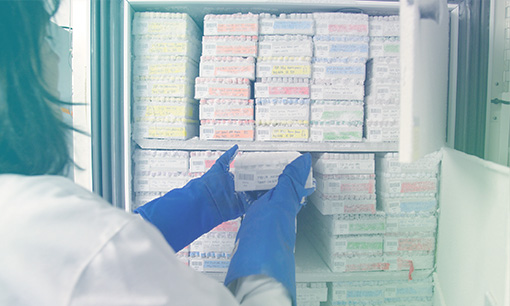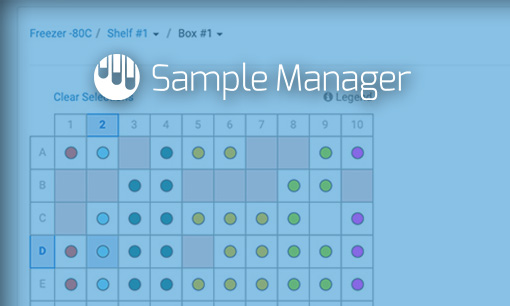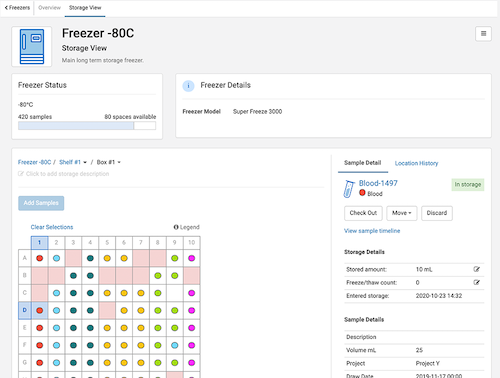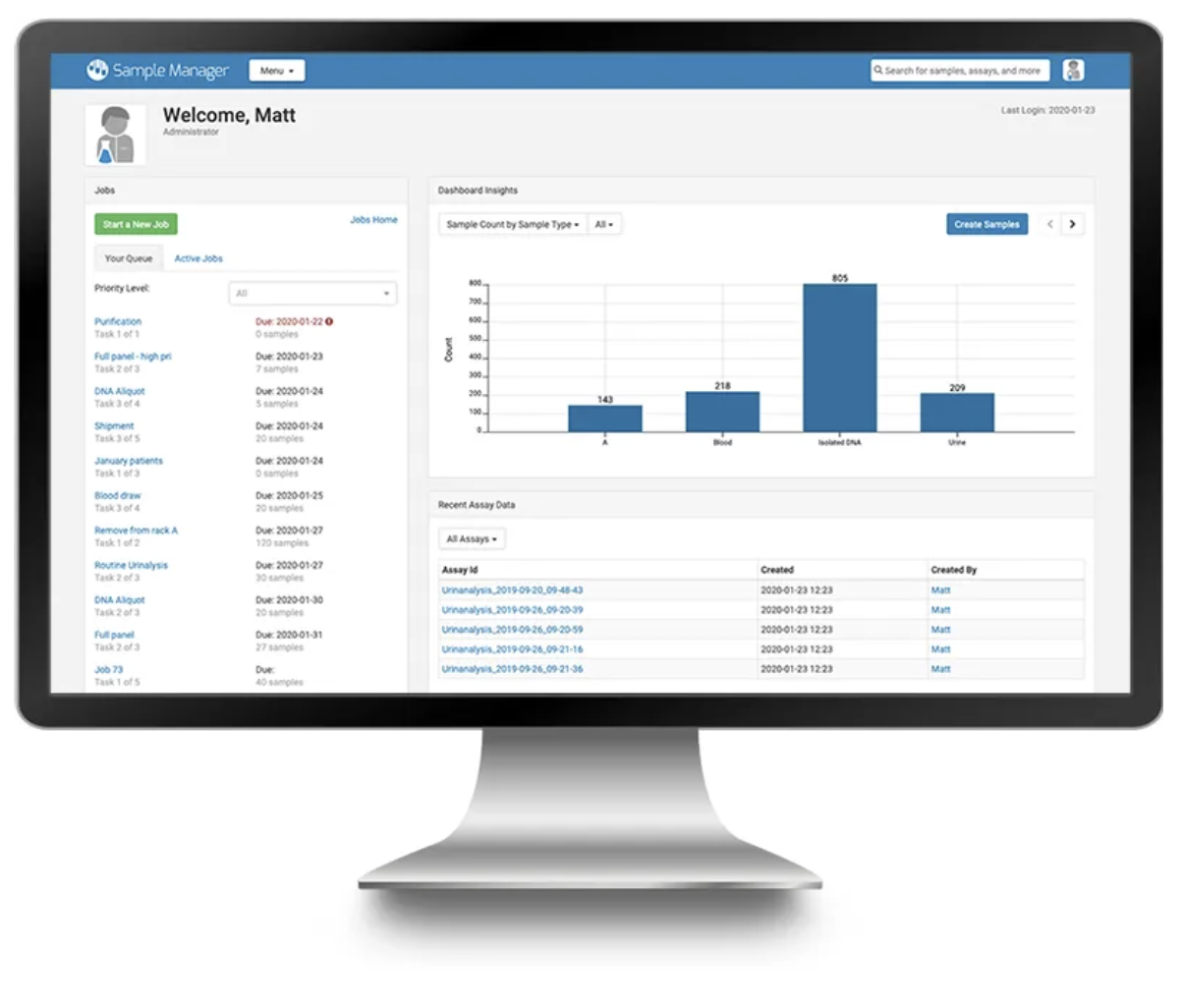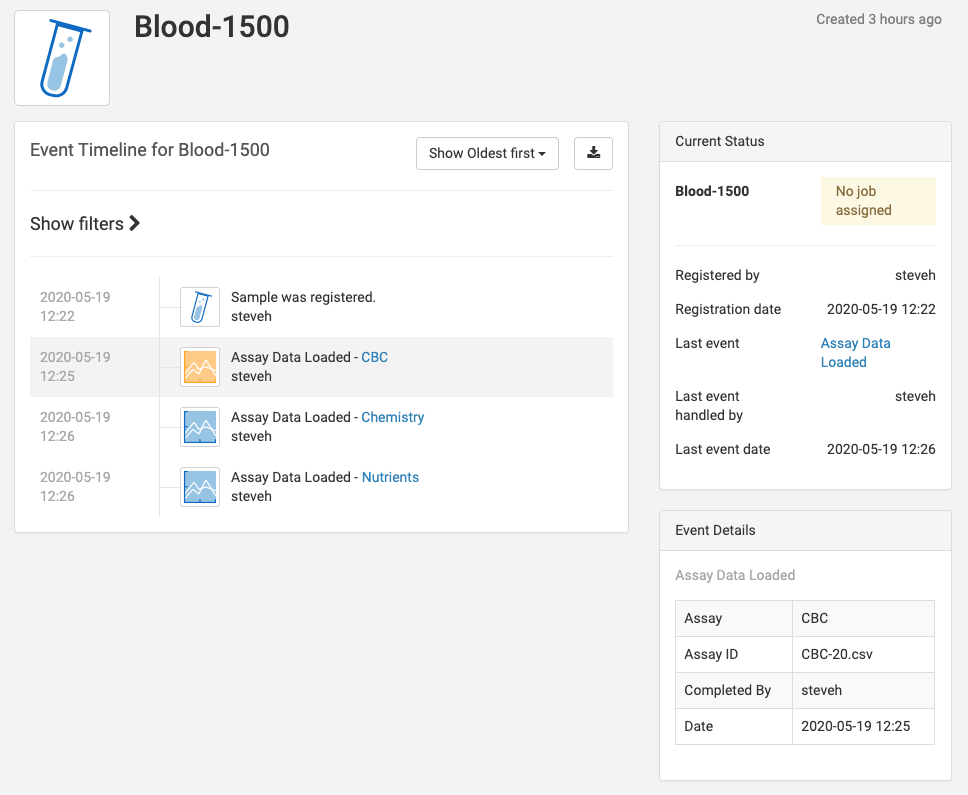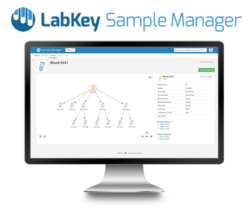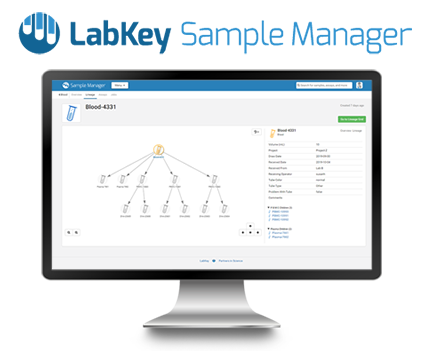Migrating data from a freezer management system can be hard. So difficult in fact, that many labs continue to use an outdated system long after it is no longer serving their needs. Sometimes, the legacy system has even become a hindrance to sample management operations. However, this shouldn’t deter you from taking on the challenge of upgrading your freezer management software and reaping the rewards of improved organization and management of your lab samples. Below are a few tips for a painless switch to a new freezer management system.
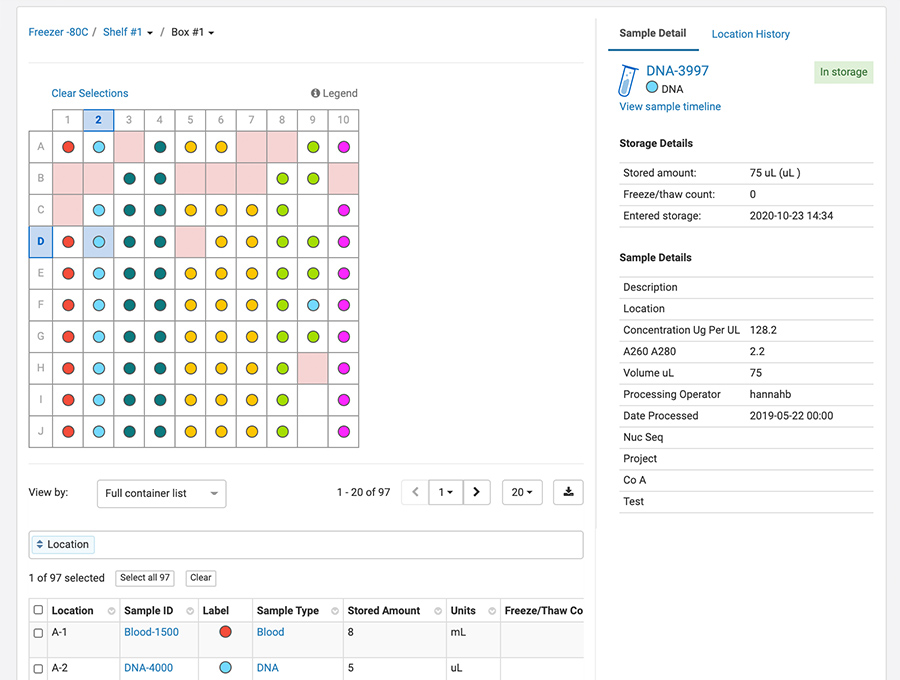 Plan and prepare for your new freezer management system.
Plan and prepare for your new freezer management system.
Develop a plan for migrating to your new system that includes a timetable for which freezer data will be migrated, and roles/responsibilities during the process. Make that your team is trained on the new system and that you are communicating clearly throughout the process.
Backup your legacy data.
Before anything, it’s important to have a backup of data for record-keeping and disaster recovery. During the migration process, this backup will serve as a record of your legacy system data- some of which may not transfer over to the new freezer management system. Create system-wide backups for recovery, but also human-readable backups for data mining if an unlikely event happens.
Determine what will be migrated.
Take this as an opportunity to clean up legacy data and items in the freezer. This might even be a good time to defrost and clean your freezers if they are not on a regular defrosting schedule. Focus on the essential samples and related data to keep your system and your freezers clutter-free. For each sample type, determine the list of fields exported from the legacy system and how they will map to the new system. Document data types, field validation (required fields or a specific range of values), and any other requirements such as relationships between samples and sources.
Utilize your resources – ask for help.
Many vendors offering freezer management system offer migration services, so ask for help! If the system you’re moving to doesn’t offer this, consider hiring a consultant or contractor to help if your team members are too busy or you need advice. When choosing a system, make sure to consider the support you will need to implement your new system.
LabKey Sample Manager provides:
- Easy, straightforward data import format to register your samples and their locations in a single step
- Unlimited user-defined fields allow teams to capture any data necessary
- Migration services and customer support when needed
Click Here to learn more and take a tour!
